In pictures: Unusual sites awarded listed status
- Published
In the past year, Historic England has awarded listed status to more than 500 places. Here's a selection of those sites now on the National Heritage List for England.

Former bus station, Milton Keynes

The light and airy bus station, designed by the town's in-house architects in 1975, is a small, simple, functional building with an elegant steel frame.

Traces of a neolithic henge, Northorpe, Yorkshire
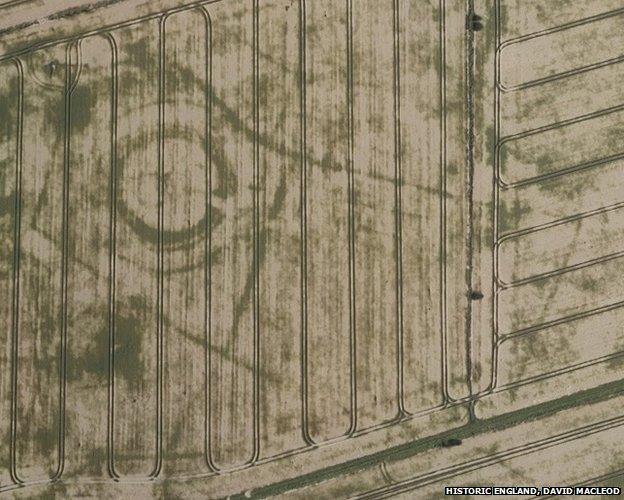
About 50 prehistoric henges are known in England, but the function of these circular enclosures remains unclear. This site in Northorpe was identified by an aerial survey, as its ditches and Bronze Age field system show up as dark marks in a cornfield.

Former wing headquarters, Greenham Common, Berkshire
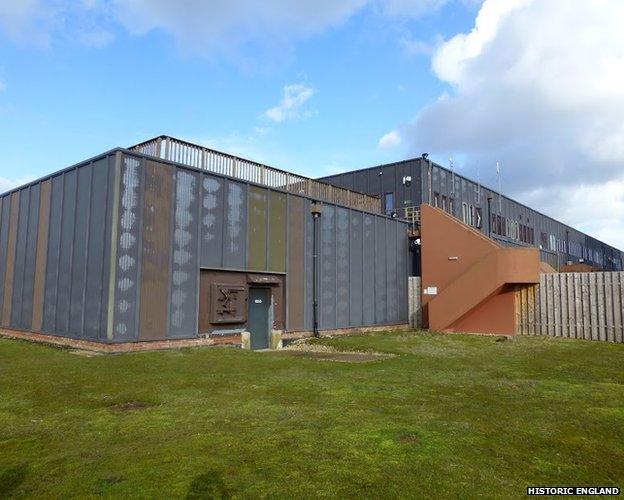
The wing headquarters at the United States Air Force base at Greenham Common was the command centre for the cruise missiles ready to launch from its bunkers against the Soviet Union during the Cold War. It is also known for the Women's Peace Camp that stood on its perimeter for nearly two decades.
The building includes a hardened bunker and an intact decontamination suite. The base was returned to the Ministry of Defence in 1992 and closed in 1993.

Walpole Bay tidal pool, Margate, Kent
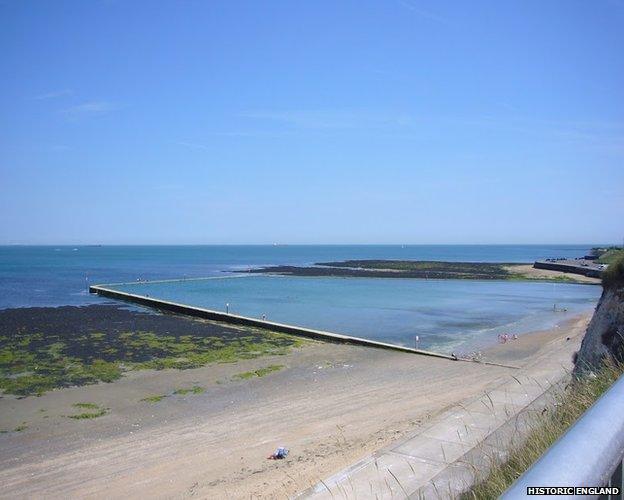
The Walpole Bay tidal pool in Margate was built in 1937, and its construction made it possible for large numbers of people to swim in seawater at all stages of the tide. It was an impressive feat of engineering, featuring interlocking concrete blocks, each weighing a tonne, strengthened by old tram rails.

Former hairdresser's shop, Scarborough, Yorkshire
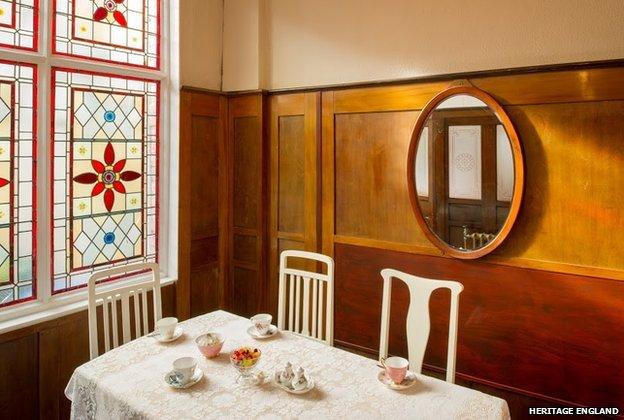
Originally a 1930s hairdresser, Francis Tea Rooms in Scarborough gives a rare insight into a genteel section of 1930s society. It is divided up into a number of discrete, timber-panelled booths designed to give privacy to ladies having their hair dressed. It was sympathetically converted into a tea room in 2004 but is remarkably unaltered.

1960s play sculpture, Birmingham
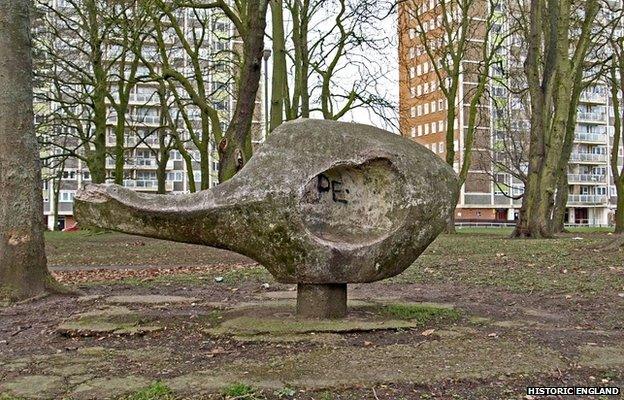
This unusual play sculpture in Acocks Green, Birmingham was created by John Bridgeman in 1960 as part of a series of semi-abstract sculptures he designed for post-War housing estates. He wanted to provide children with sculpture that could be tactile, stimulating and robust rather than roped-off, "do not touch" art.

Victorian gin palace, Ilford, Essex
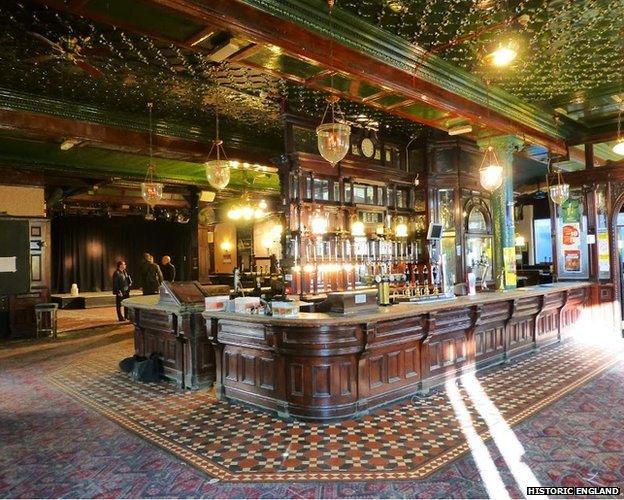
The interior of the Cauliflower Hotel in Ilford, Essex, is a fine example of a gin palace - a Victorian lavish bar built for selling gin. The interior fittings survive, including cut and etched glass, brass fittings, panelling and tiling.

Wallace Hartley gravestone, Colne Cemetery, Lancashire
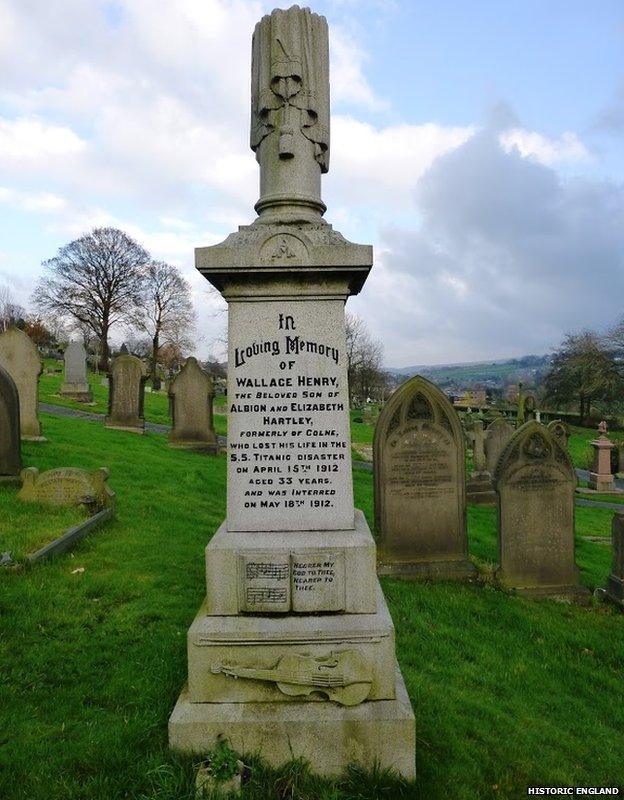
Wallace Hartley was the bandleader on the 1912 maiden voyage of the Titanic. It was reported that the band continued to play as the ship sank, and they were feted as heroes, especially Hartley. His gravestone incorporates a violin and music book open at Nearer, my God, to Thee - reportedly the band's last tune. A monument to Hartley in Colne town centre has also been listed at Grade II.

Giant's stride Victorian playground equipment, Hunstanworth, County Durham

A giant's stride was once a common piece of playground equipment. Short chains and ropes were suspended from a tall pole so the children could grab the rope and take great leaps around the pole. Few survive now, but this example stands in the playground of the former Townfield School. It was donated to the boys of the school in 1866 by the vicar, and his wife gave skipping ropes for the girls.

Heap's rice mill, Liverpool
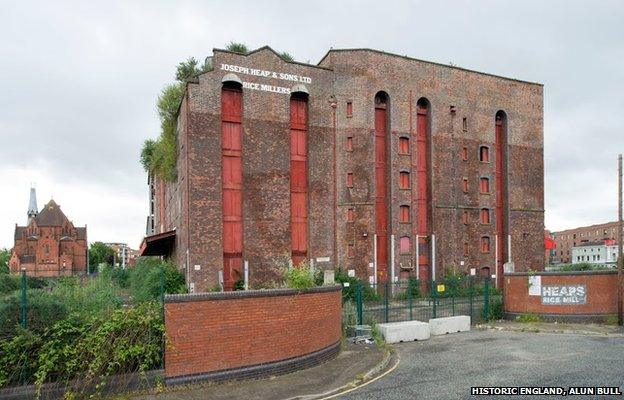
Heap's rice mill is one of the earliest and last surviving warehouse complexes in Liverpool's Baltic Triangle, a once thriving industrial area. The historical character of the warehouse's interior survives, and externally it serves as a reminder of Liverpool's prominence as a port city and of the now almost forgotten rice trade.
A proposal to demolish this 19th Century mill led to its Grade II listing, which will help secure the building's future. There is a planning proposal to convert it into flats.

Concrete house at 78 South Hill Park, Camden, London
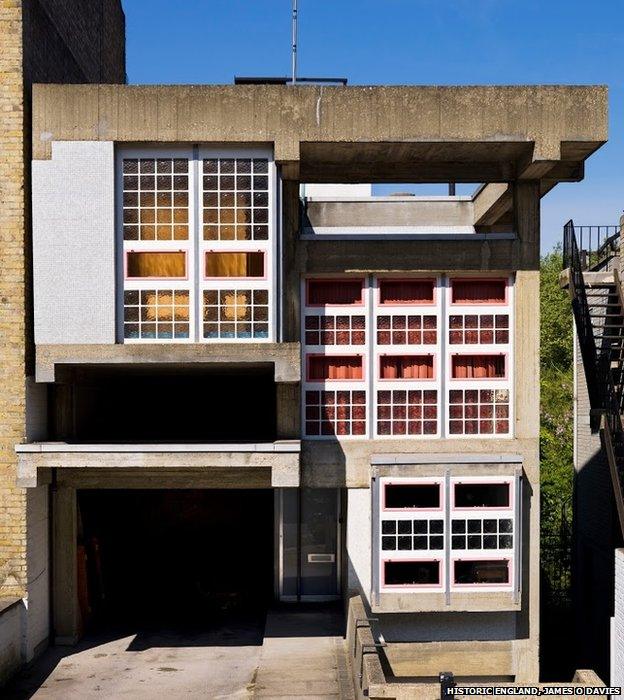
In designing a house for his family, Brian Housden drew on influences from European modernism to the houses of the Dogon Tribe of Mali, resulting in a unique concrete house. Finished in 1965, it is supported by reinforced concrete ground beams. The simple interior has untreated board-marked concrete ceilings and exposed services snaking through the spaces.

Sewer gas destructor lamp, Sheffield
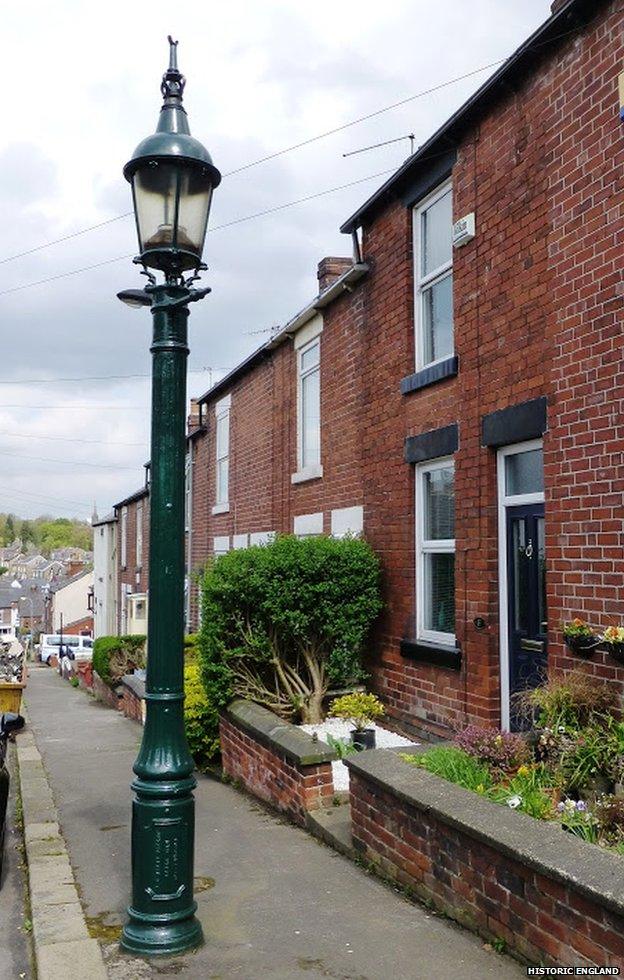
Once a common feature of English streets, gas lamps are increasingly rare, and those combined with sewer vents are even rarer. Their aim was to deal safely with the build-up of methane and stagnant gases in urban sewers, which was a common problem in the late 19th Century.
Gas destructor lamps were located where there was a pocket of gas. Three burning mantles created an intense heat in the lamp hood, causing an up-draught that drew up the sewer gases into the column to be burnt off. The lamp in Stewart Road, Sheffield, is a good surviving example in a city where there used to be more than 80 such lamps.